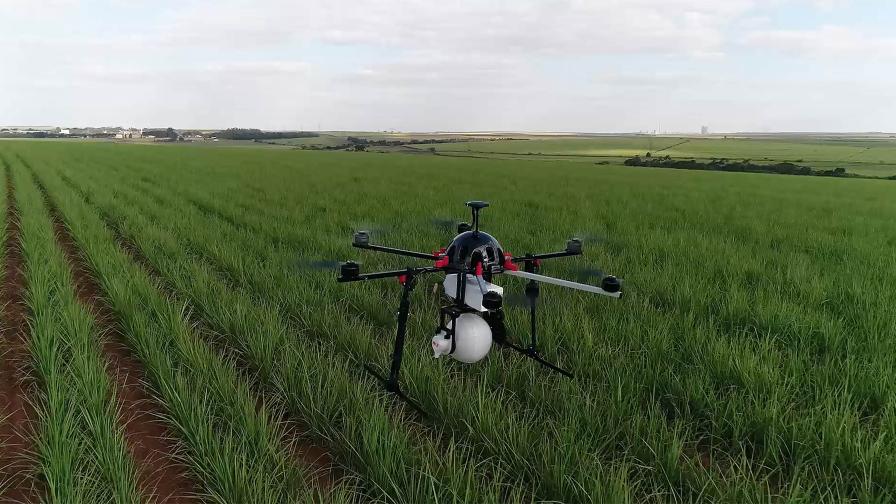The U.S.-India Trade Deal Fell Through. What Happens Now?
The U.S. and India failed to produce a trade agreement during President Trump’s recent visit, reports Trevor Cloen and Irfan Nooruddin at The Washington Post, although there were repeated hints that the two sides were racing to complete the deal. Despite Trump’s assurance that negotiators are working on “the big deal for later on,” the absence of even a limited trade agreement reveals the difficulties inherent in trading with India.
What happened, and where are the bilateral negotiations likely to go from here? And why was a trade agreement necessary?
U.S. trade officials have been pushing to negotiate a “mini trade deal” with India as a way to address a litany of market access disputes that have arisen in recent years. Trump’s India trip didn’t produce a trade deal. Here’s what did result.
The primary U.S. complaints stem from India’s use of tariff and non-tariff barriers to shield agricultural producers and select manufacturing industries. India has historically maintained prohibitive tariffs on a broad swath of agricultural goods to protect nearly 126 million small, inefficient farmers — the government fears foreign competition would significantly disrupt the livelihoods of these farmers.





